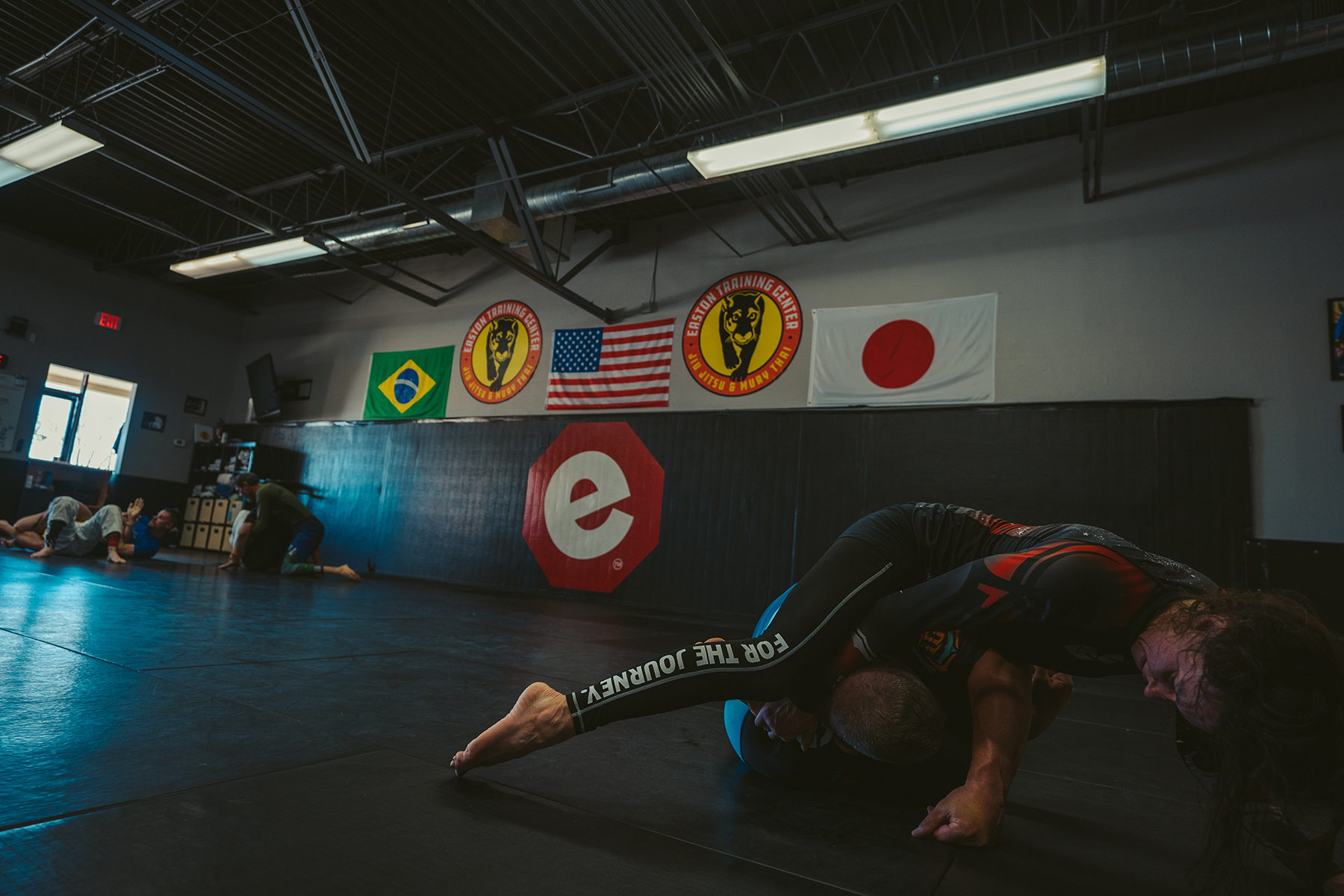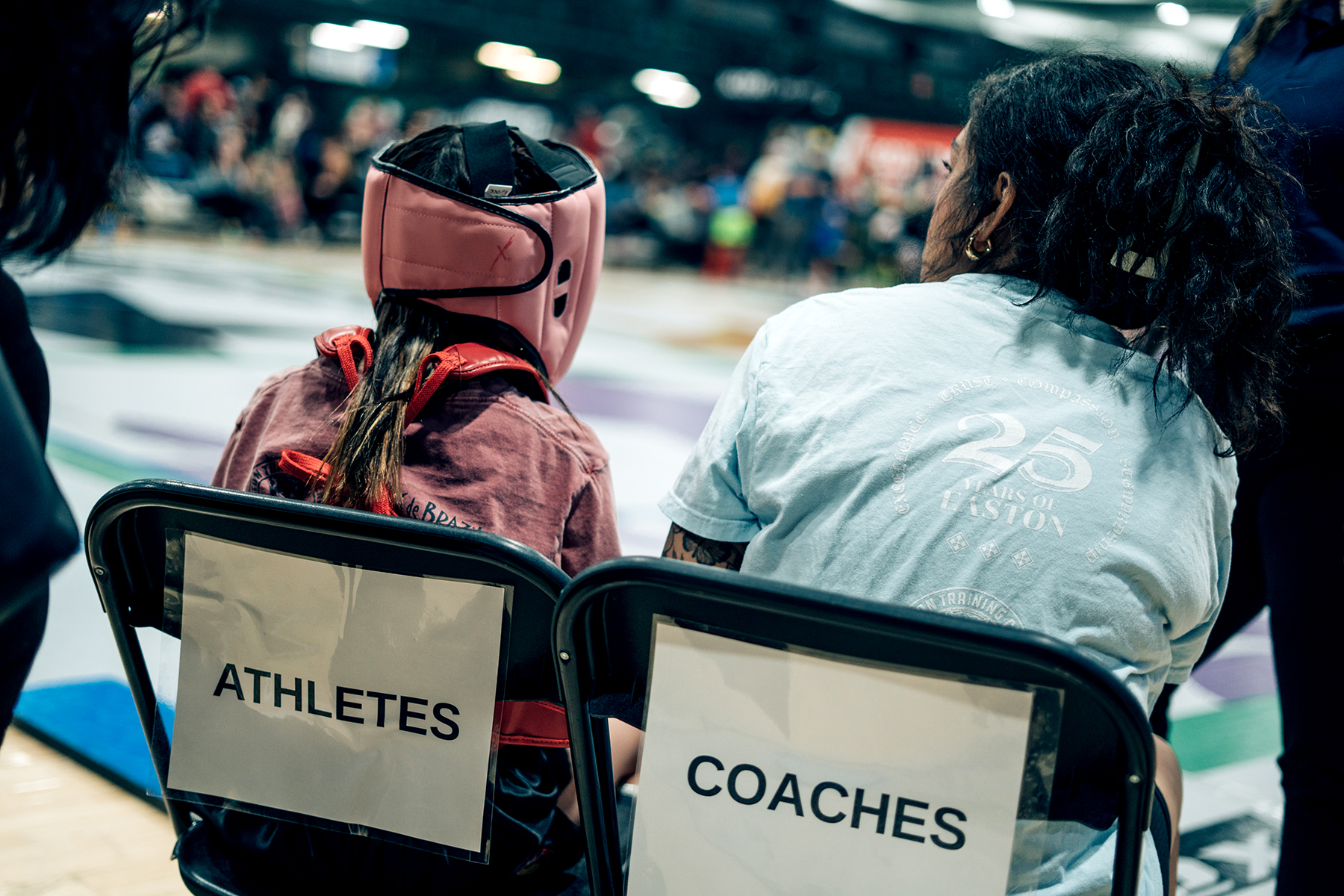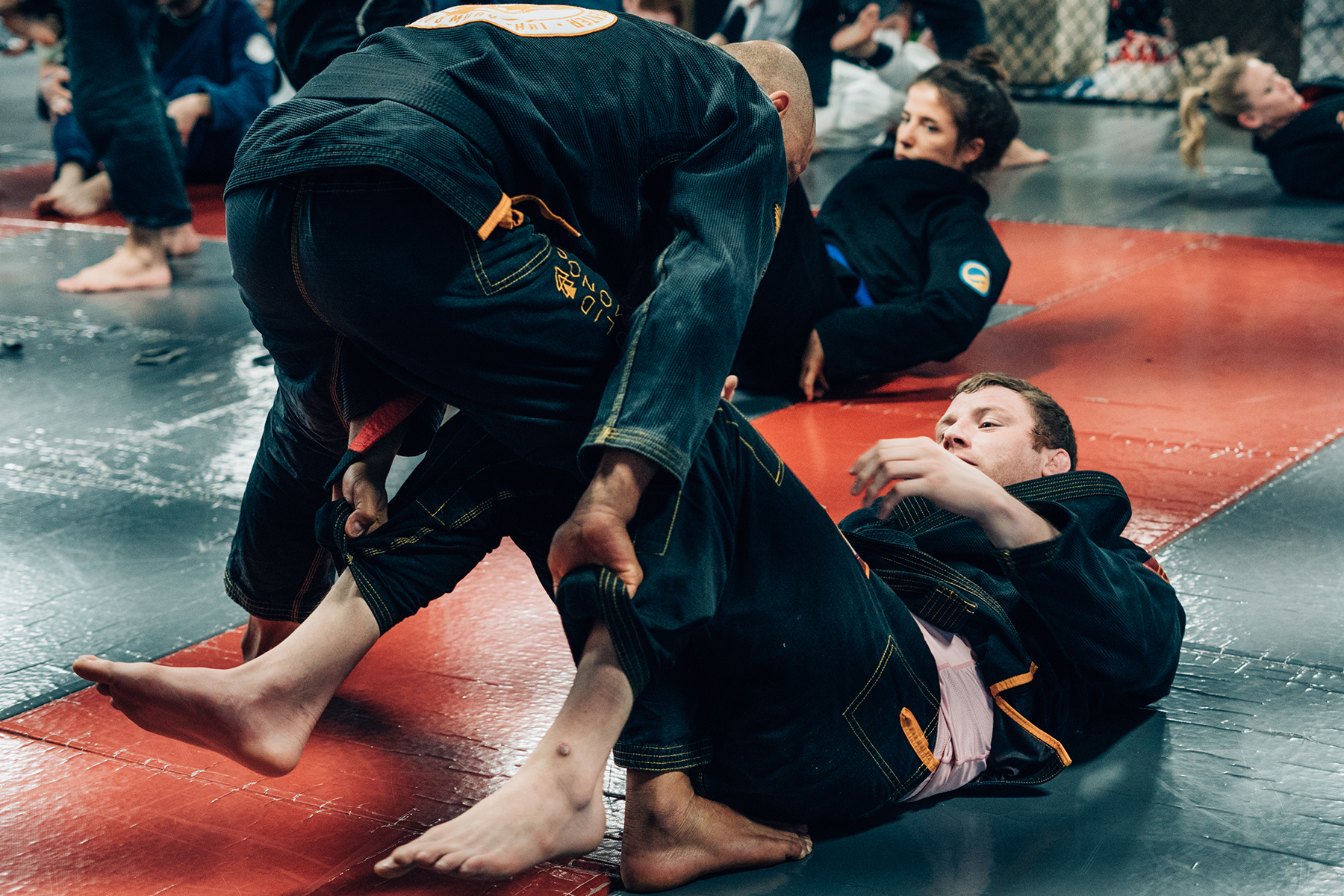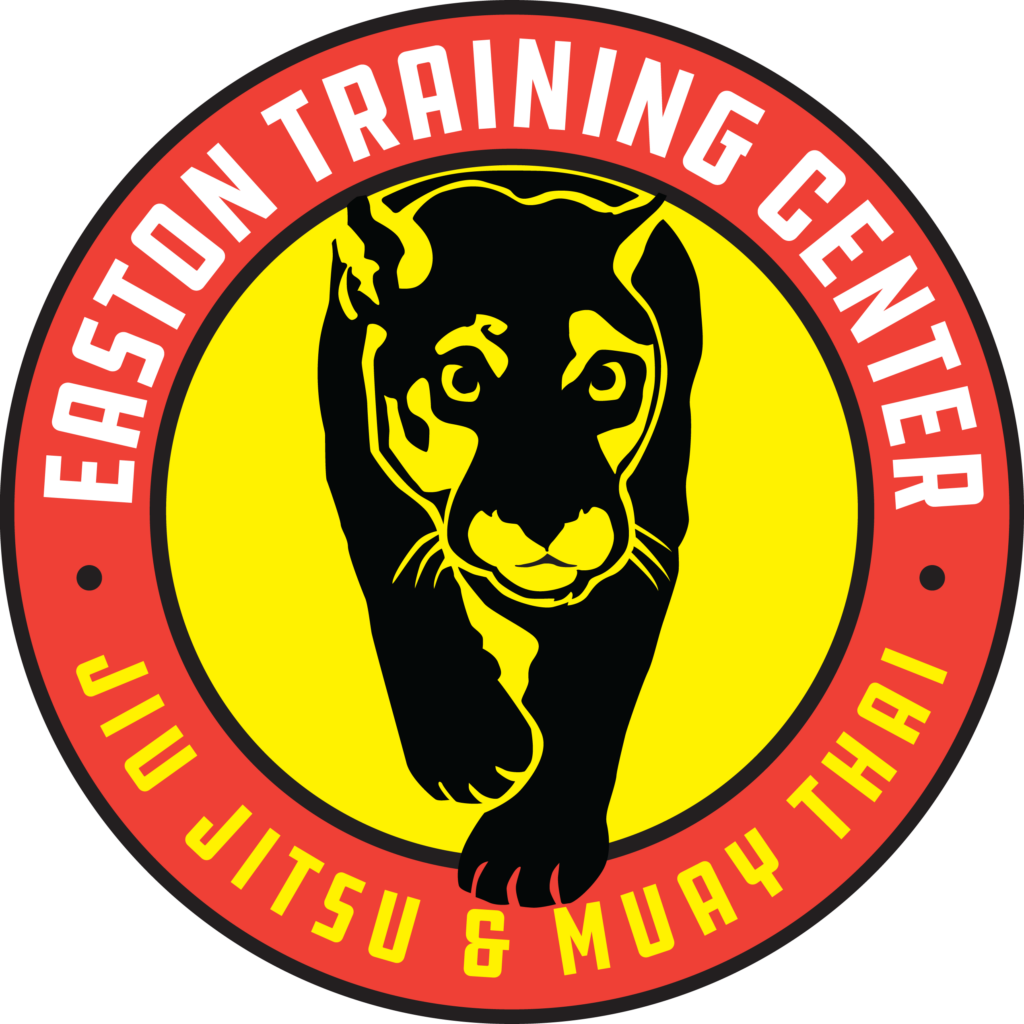We all want to be the best at any endeavor we choose, and the drive to be the best on the mats is demanding.
While there’s no shortcuts in martial arts or training, there are some key elements you can add to your training routine to help you perform your best. Try these four hacks to feel the best before you even get on the mats!
Warm up beforehand
Martial arts training uses your full body and requires a lot of technical and physical skill and precision. You’re going to be moving a lot before you step onto the mat. This kind of training volume can increase your risk of injuries from overuse or overtraining so it’s extremely important to get your body stretched and warmed up beforehand.
Come to class 5 – 10 minutes early if you can to get some muscle activation or stretching in and dynamic warm ups. Not sure where to start? Our Stretching for Recovery, Performance and Injury Prevention post has this covered!
[The Other Half Of Training: Mobility And Flexibility]

Hydrate
Hydration is essential for peak performance AND recovery. Make sure you’re showing up to your training sessions on the mat hydrated and bring plenty of fluids, especially water with you.
You should strive to consume ~8 oz of water 30 – 60 minutes before training. Try to drink sporadically during your training session, with a goal of 3 – 6 oz of fluid every 20 minutes. Post-training hydration is key to helping your body recover. You should aim to drink 16 – 24 ounces of water within the first two hours following your training session.

Adding electrolytes to your routine is important, especially in summer months, when you sweat more and lose more fluids than you would normally. Look for electrolyte mixes that have sodium and or magnesium and potassium in them to help replenish what you lose in sweat. LMNT or Gatorade are great options here.
[Training Hard? 6 Ways To Recover]
Take a recovery day
‘No days off’ is a popular phrase you hear in a lot of fitness circles, and while it may be a helpful perspective to take if you’re trying to create habits around showing up for training regularly, it doesn’t have to be taken quite so literally.
Rest days are essential to helping your body recover from your training sessions. Some of your sessions will be very intense; in order for your body to recover and get stronger and more fit, you’ll need to give your body the rest it deserves. Running on empty won’t help you improve your game or your fitness.
[What Does Force Get You That Cannot Be More Adequately Achieved Through Flow?]
Get regular bodywork
One aspect of recovery that’s often neglected is bodywork. This can often look like soft tissue work such as massage or Rolfing, both of which help release tension that’s built up in your muscles from exercise.
Another motive for bodywork is myofascial release. This is a manual therapy technique often used in massage. The technique focuses on pain believed to arise from myofascial tissues — the tough membranes that wrap, connect and support your muscles. Given all the strain you put your muscles through on the mats, it’s important to take proper care of them through massage, foam rolling, Rolfing, etc!






